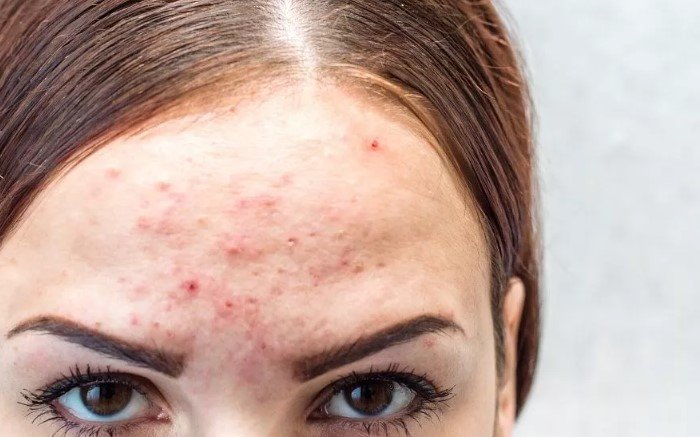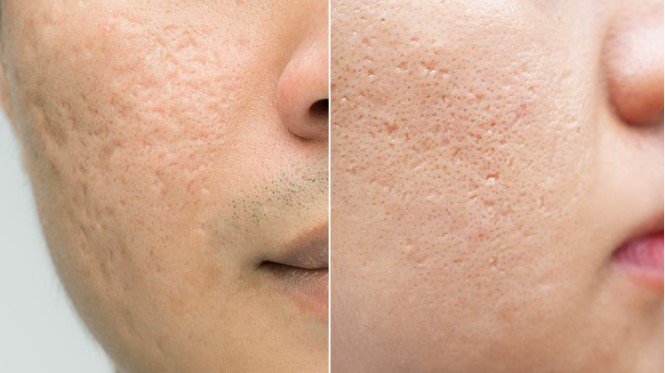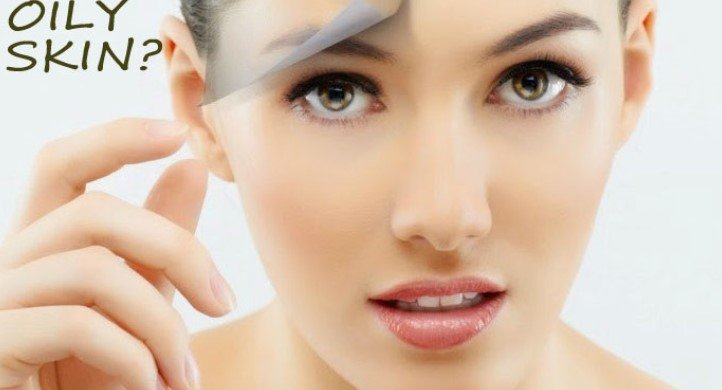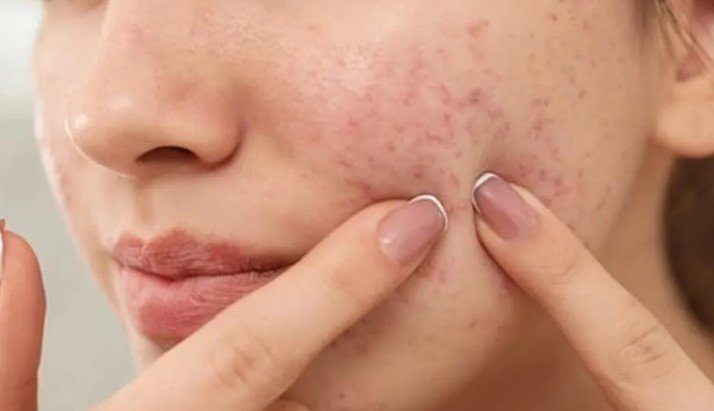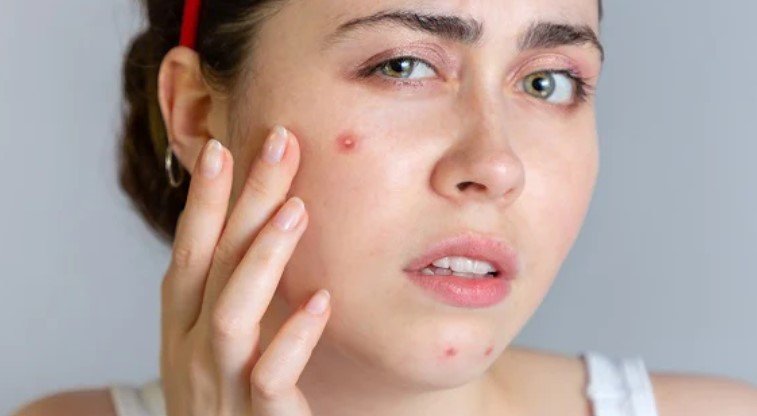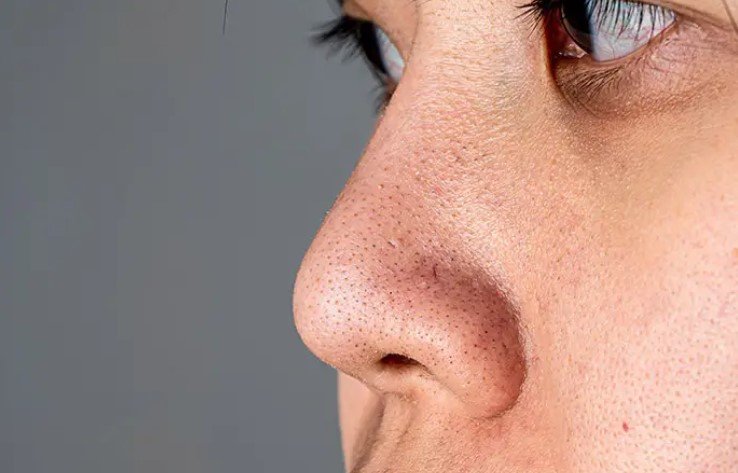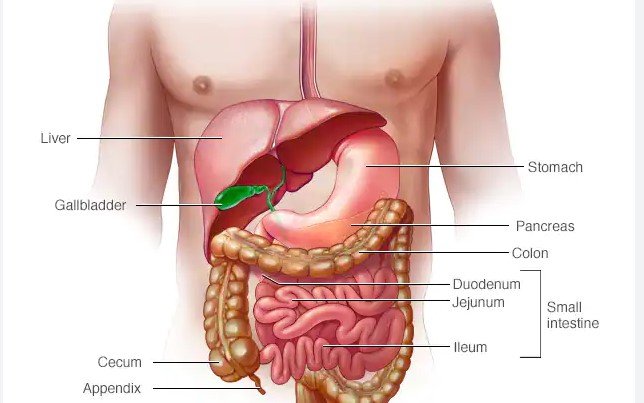Basal Cell Carcinoma Symptoms, Signs, & Early Stages Cancer Pictures
Basal cell Carcinoma is a type of skin cancer that affects generally any part of the body and it develops only on the skin. A simple lump, lesions, scar, bloody vessels, or a bump on your external skin could be an early signal of basal cell cancer.
The lumps form on the epidermis spread slowly and are exposed to direct sunlight. A positive prognosis is essential to treat the patient and remove the new cancer cells, which are firmly growing on the epidermis.
Basal Cell Carcinoma Explained
It is a type of cancer that affects the skin cells. The Basal cells reside under the lower region of the epidermis, which is an external part of our skin layer. Basal cells have the appearance of a small bump that slowly progresses on your skin layer. They are very tiny cells, which cannot be seen with the help of the naked eye.
The external layer of the skin is touchable but the internal layer of the skin can never be touched by the hand itself. The basal cell grows by eliminating the existing dead cells and reborn the basal cells on the surface of the skin gradually. It copies the cells and grows in the same pattern without affecting the skin layer.
Types Of Basal Cell Carcinoma
There are 4 types of basal cell carcinoma present in the skin layer which are explained below.
Superficial Spreading
Such lesions can be generated on your skin, arms, legs, and on your torso. Superficial spreading is a type of basal cell that appears tiny and small, which is swallowed in color and affects the skin color.
Nodular
One of the main types of basal cells that are found in the human body is nodular cells. It just looks similar to a small pimple that contains red blood cells. Once the cells are progressive it starts appearing on your skin.
Pigmented
One of the rare types of BCC or basal cell carcinoma is called a pigmented cell. If it is growing on your skin, it changes the skin color tone to dark. It develops dark skin on the region where it is affected and it only turns this region dark in complexion.
Sclerosing
Looks like scars that are affected by these lesions and they grow slowly on the skin. This is one of the most common cancerous cells that appear on your face and skin called sclerosing cancer cells. Its appearance is just like a red tiny dot or a reddish point on your face and skin. Never misunderstood if tiny blocks present on the breast skin, as this could be a breast cancer disease.
Signs & Symptoms Of Basal Cell Carcinoma
If you carefully watch your skin for sun rashes or sunburn, then you can easily identify basal cell carcinoma cancerous cells, when they start developing on the face and skin region. You can check your body parts like shoulders, arms, armpit, back, and scalp for such tiny blocks.
If you’ve met enough signs and symptoms of BCC cells, then the higher the chances you should go for mammography or clinical counseling. Let’s check what are the signs and symptoms that are basically a must warning bells for you.
- If an open sore doesn’t crust, heal itself, or ooze but bleeds, and continuously resides on your skin for more than 2 weeks, you definitely need to look for expert medical help.
- Irritated skin, patchy regions, and red-colored dots, if found on the face, chest, shoulders, arms, or legs, then is considered to discomfort a person and requires an expert consultant.
- A white region, which looks like a scar, can be flat and pale in color and can appear on your skin or face. The region where it is developed, looks fair and shiny with borders on the edges. Later, it may develop blood vessels that are indirectly a danger sign of invasive basal cell carcinoma.
- A little raised yet pink in color, growing a crusted indentation in the middle, responsible for developing blood vessels.
- A pearl-like crystal often reddish, pinkish, or white in color, which looks like a bump can be tan and is mostly misunderstood by people considering them as a mole.
Keep An Eye On Basal Cell Carcinoma
The real nature of basal cell carcinoma or BCC looks entirely different and sometimes they match non-cancerous cells to the people who are darker in the complexion. The pigmentation shouldn’t be taken lightly as it could have potential causes for basal cell carcinoma or BCC.
If you’ve developed basal cell carcinoma or BCC, then you have a higher chance that these cells will grow on the surface rapidly. Once you’ve discovered basal cell carcinoma or BCC on your body, and one cell occurs on your face or skin, then it will grow gradually to different parts of the body.
It may be affected by basal cell carcinoma, in which these cells make a home on your skin and face. Once it extends its root on the skin or on the surface, you won’t get away and are more likely to go for surgery.
Preventive Measures Basal Cell Carcinoma
Basal Cell Carcinoma is a cancer cell disease, which resides on the face and the surface of the skin. The best preventive method to ensure that you’re safe is to identify it at an early stage and detect its recurrence. A solid proof of early identification can cause skin damage to the cells where new cancerous cells are producing or replacing the dead cells. Let’s find out the preventive steps one can take:
Look Up
If you have developed basal cell carcinoma, and it is in the early stage of life, then you can pay attention to the regenerated cells that may not return to your face or skin. A powerful preventive method is the best cure, when you go for a counseling session and discuss thoroughly with your doctor, the progress of the basal cell carcinoma.
Pay Attention
Regular consultations or check-ups with your dermatologist help you go through a skin examination. It helps you identify whether you’ve or going to develop basal cell carcinoma or BCC cells on your skin. A professional examination will ensure you with the growth of cells.
Sun Safety Is Essential
Most people forget sunburn and sun rashes, and once the summer has arrived, they start enjoying the sun. Always have sun on your skin for a limited time, a regular absorption of the sun's ultraviolet rays can harm your skin.
Ultraviolet sunglasses, and caps, safeguard you from being in direct contact in the sunlight. A few minutes in the sunlight helps protect our body from several diseases, but the longer you enjoy sunlight, it can be harmful without any second thought.
To Summarize,
Cancer, for no doubt, is the most affected disease in the United States and it is one of the major causes of millions of deaths every year. Skin cancer is one of the scary diseases, which has no or very less symptoms when it grows on our skin and the body. That is why our editorial team has decided to dedicate this blog post to the audience from the US who is suffering or has warning signals indicating this skin disease.






